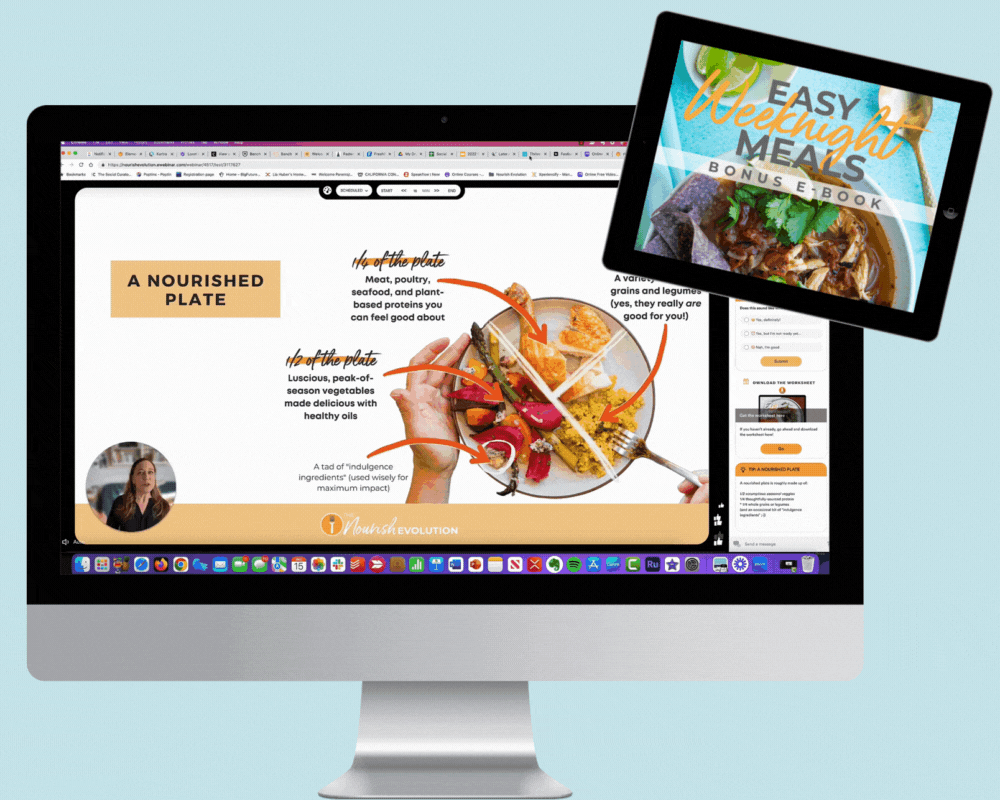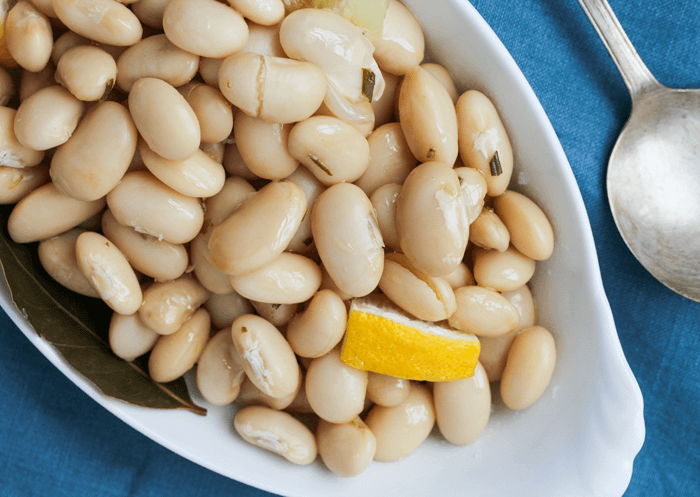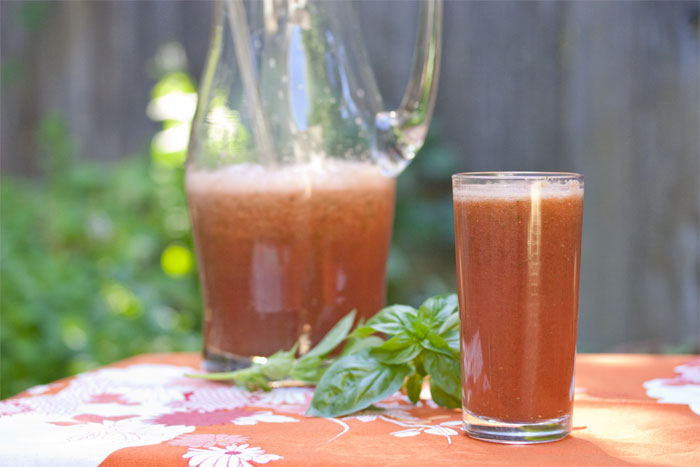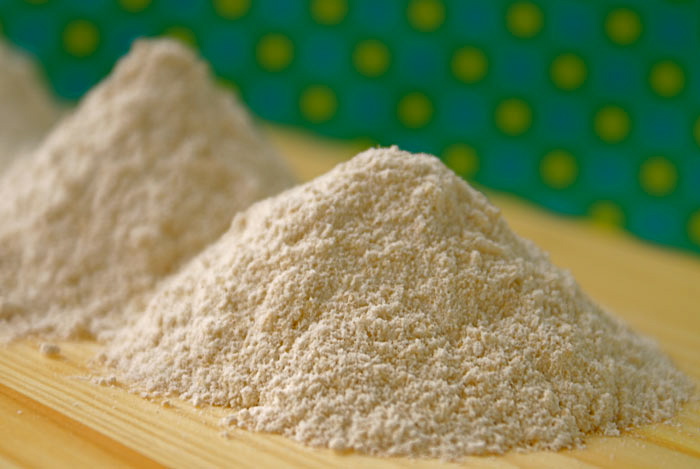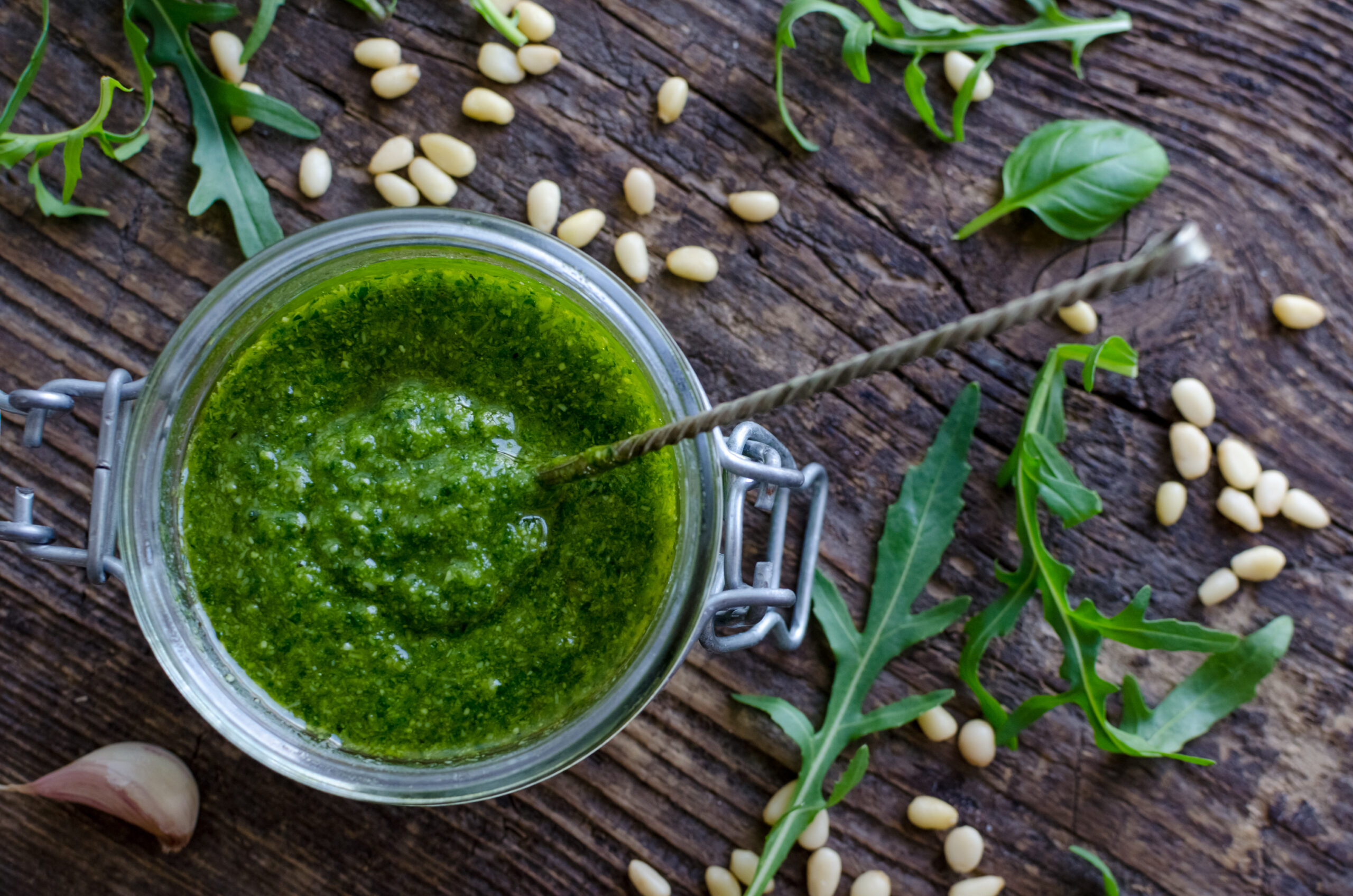Alison’s piece last week on egg labels got me thinking about how confusing it can be to evaluate foods. So I thought I’d distill some solid rules of thumb to help you choose wisely when in the packaged aisles.
Understand
The Ingredient List: On labels, ingredient lists are ordered by weight, which means there’s a large amount of whatever comes first. If “unbleached flour” is the first ingredient listed, you’re getting mostly refined flour. If it comes after a whole grain or somewhere in the middle of the list, then you know it’s not the primary ingredient.
The Nutrition Facts Panel: The purpose of the Nutrition Facts panel is to give a healthy range of major nutrients to consume during the course of a day—this much fat, that much vitamin C, this much fiber. The issue is, there are hundreds of other nutrients that simply aren’t listed and that can make us myopic in our concept of what makes food healthy. To add complexity, nutrients don’t act in a vacuum. They interact with each other. The bottom line? Use the Nutrition Facts panel as a guide, but don’t take it as definitive.
Avoid
These are the ingredients I try, at all costs, to avoid:
#1: Partially Hydrogenated Oil. There is no refuting the evidence that trans fats—which are the product of partially hydrogenated oils—are no good for us. As in, they can dramatically increase the risk of heart disease. Your best bet is not to buy—or eat—anything with partially hydrogenated oils (a label can have partially hydrogenated oil in the ingredients list yet claim 0 grams trans fats if it contains less than 0.5 grams trans fats . . . which can still add up to several grams of trans fats a day).
#2: High Fructose Corn Syrup. I have always been suspect of high fructose corn syrup (HFCS) simply because it shows up where it has no business being. In breads. In hot dog buns. In French fries. It’s one thing to debate whether HFCS is worse than sugar in a soda, where you'd expect a sweetener to be, and entirely another to have to remain vigilant against it infiltrating your pretzels. In any case, there is new evidence that high fructose corn syrup may indeed contribute to weight gain and is associated with illnesses like heart disease and diabetes. A recent study at Princeton University, in which rats fed water sweetened with HFCS became obese across the board (those fed water sweetened with sugar did not), hypothesizes that the culprit may be the chemical makeup of HFCS. Sugar molecules have an extra step for the body to metabolize whereas HFCS molecules are “unbound” and available for use immediately, which may explain why the body reacts differently to the two forms of fructose.
#3 Fillers and Preservatives. Nowadays, it’s no big deal to see an ingredients list as long as our palm. But how many of those ingredients are actually food? Watch out for lists that include a plethora of unfamiliar terms. They may sound intimidating and, strangely enough, credentialed for that very reason, but the truth is they’re most likely there to
- Make the food more shelf stable (i.e., keep it from spoiling … but please don’t equate “spoiling” with bad in foods; it’s what they’re supposed to do after a reasonable period of time)
- Make the texture or mouth feel of unnatural or low-quality ingredients more appealing
- Mask the flavor of other chemicals
Do any of these make the product better for you? No. In fact, several studies have revealed that many of these “food-safe” chemicals may pose health risks.
This week, have a close look at your labels.



